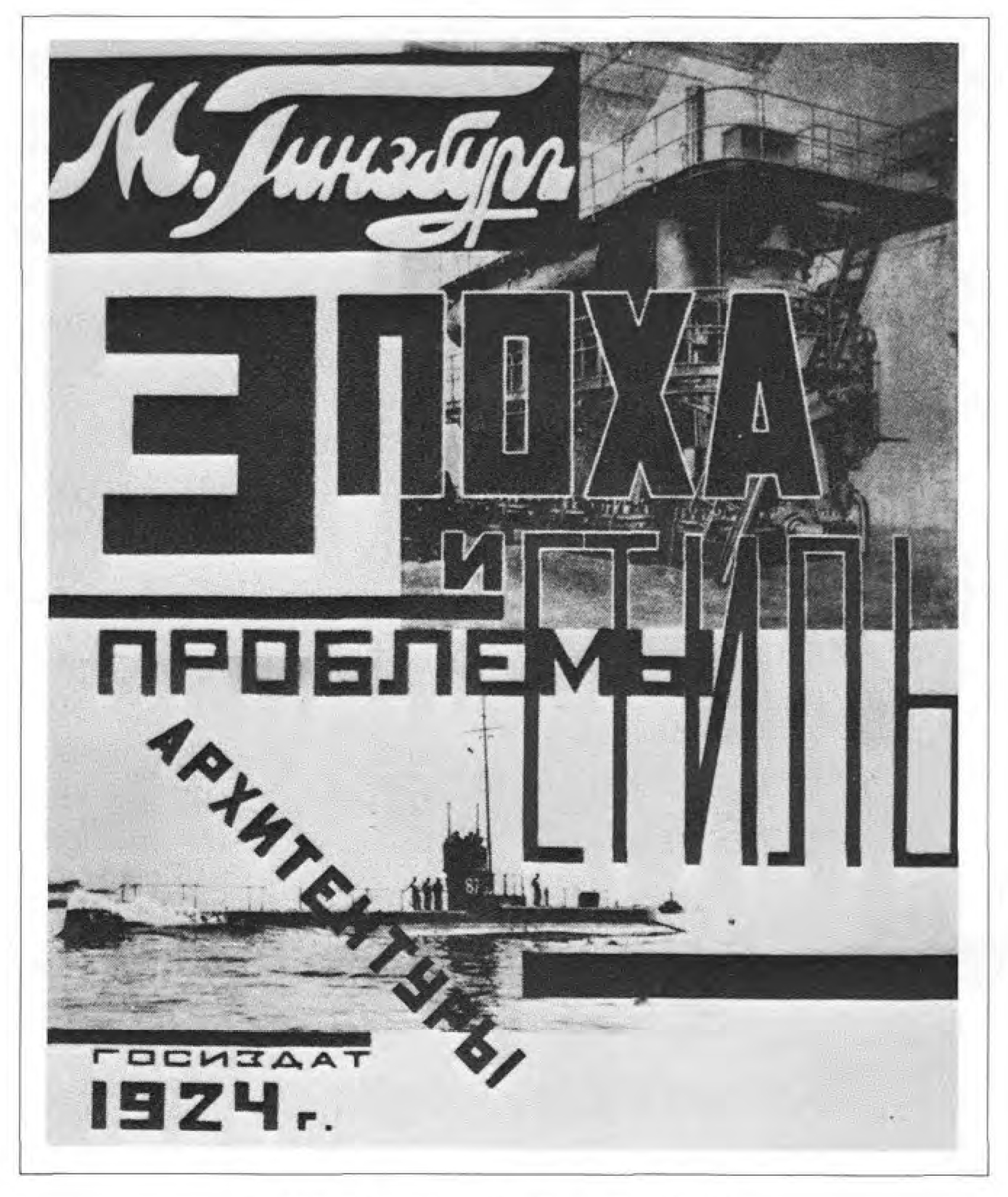Moisei Ginzburg was one of the most active members of the constructivist movement, and a leading figure in many groups and institutions, from OSA which he founded together with Aleksander Vesnin to the Russian Academy of Arts and Sciences. The author of numerous theoretical texts, such as ‘Old and New’ and ‘Contemporary aesthetics’, he is often credited with laying down the guidelines of Constructivism. Ginzburg focused on the realisation of economic dwellings to allow each family a flat of its own. Of five experimental blocks constructed, the most famous is undoubtedly the social condenser for the Commissariat of Finance from 1928-29. The Narkomfin Building , designed together with Ignati Milinis, was acknowledged by Le Corbusier as an influence on his Unitè d’Habitation, and its layout was a source of inspiration for various architects. Ginzburg was a Soviet delegate to the CIAM from 1928 to 1932.

During the 1930s Ginzburg and his group shifted their attentions to socialist resettlement programmes and regional planning. His garden city project, developed with Mikhail Barsch for a Moscow suburb of independent housing rows, immersed in nature is of significant interest. Together with such architects as Barsch, Vladimir Vladimirov, Alexander Pasternak, Georgy Zundblat, Ivan Leonidov, Georgy Vegman and Ignati Milinis he worked on housing and planning studies for the Crimea. Also worthy of note is his Communal Housing project in Sverdlovsk (after 1991 – Ekaterinburg), designed together with Pasternak from 1929-31.
Individual projects from the 1930s include a 1934 project for the Palace of Soviets, the Nemirovich-Danchenko theatre, a park of culture in Moscow, the Soviet Pavilion at the Paris International Exhibition in 1937, the Izvestia building and the Narkomiyazhprom building in Moscow.
Ginzburg continued his theoretical studies in the 1934 publication Housing. A critic of eclecticism and stylistic application, he urged his contemporaries to study the problems of standardisation.
The editor of the Academy of Architecture’s General History of Architecture, he headed a committee on prefabrication during the war, concerned in particular with the reconstruction of Sevastopol, drawing up numerous plans for the central area and trying to preserve its historical core. Both his sanatoria in Kislovodsk and Oreanda in the Crimea were completed after his death, altered and stylistically enriched.